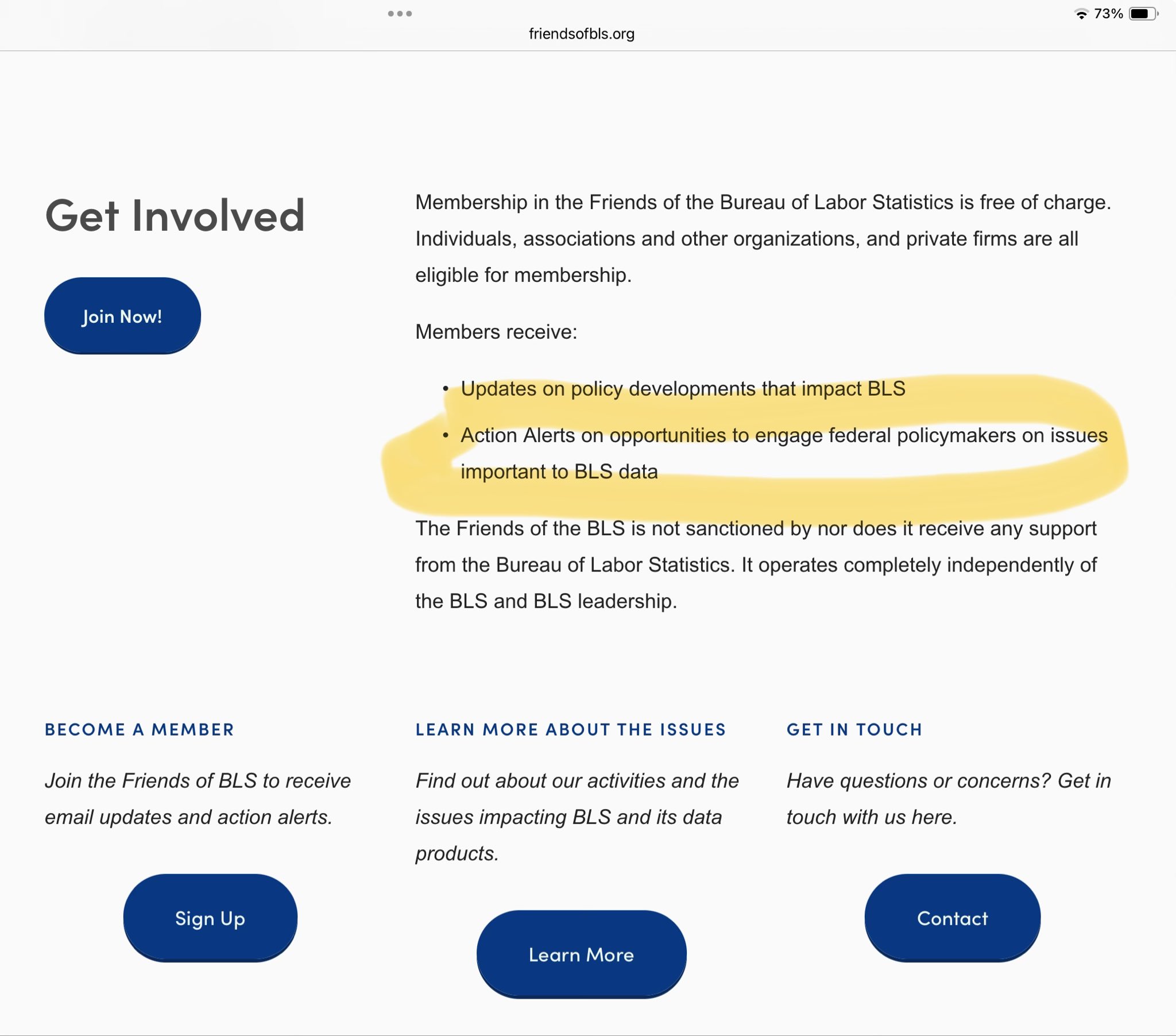An analysis of the Bureau of Labor Statistics (BLS) monthly "Employment Situation" reports reveals several instances where revisions to the previous two months' job figures have moved in the same direction as the trend set by the current month's initial report. This pattern, often noted by economists and market analysts, can amplify the signal sent by the latest jobs data, indicating a strengthening or weakening labor market.
The BLS routinely revises its initial estimates of nonfarm payroll employment for the two preceding months. These revisions are a standard part of the data production process, as they incorporate additional information from survey respondents who reply after the initial data collection deadline. While these revisions can be both upward and downward, there are occasions where they appear to follow the narrative of the most recent jobs report.
Here are some notable instances from recent years where the revisions to the prior two months' job gains were in line with the trend suggested by the current month's data:
2023: A Year of Consistent Upward Revisions Early On, Followed by a Downward Shift
Throughout the first half of 2023, the labor market consistently outperformed expectations, and the subsequent revisions from the BLS often reinforced this narrative of a surprisingly robust job market.
May 2023 Report (released in June 2023): The initial report for May showed a strong gain of 339,000 jobs, significantly exceeding economists' forecasts and signaling continued strength in the labor market. In the same report, the BLS revised the job gains for the previous two months upwards:
March's figure was revised up by 4,000 from +236,000 to +240,000.
April's figure was revised up by a substantial 93,000, from +253,000 to +346,000.
Link to BLS Report:
https://www.bls.gov/news.release/archiv ... 022023.htm
News Analysis: News outlets at the time highlighted these upward revisions as further evidence of the labor market's resilience.
September 2023 Report (released in October 2023): This report delivered a significant upside surprise with a preliminary estimate of +336,000 jobs, again well above expectations. The revisions for the prior two months also trended upward, reinforcing the report's strong message:
July's employment change was revised up by 79,000, from +157,000 to +236,000.
August's employment change was revised up by 40,000, from +187,000 to +227,000.
Link to BLS Report:
https://www.bls.gov/news.release/archiv ... 062023.pdf
News Analysis: Economists and journalists pointed to the combined strength of the headline number and the significant upward revisions as a sign that the labor market was not cooling as quickly as many had anticipated.
However, a shift appeared in the latter part of the year.
December 2023 Report (released in January 2024): The initial estimate for December was a solid +216,000. However, the revisions for the two preceding months were both downwards, suggesting a slight cooling trend in the latter part of the year.
October's job gains were revised down by 71,000, from +150,000 to +79,000.
November's job gains were revised down by 26,000, from +199,000 to +173,000.
Link to BLS Report:
https://www.bls.gov/news.release/archiv ... 052024.htm
News Analysis: While the December number was strong, the downward revisions to the prior months tempered some of the optimism and were seen by some as a sign of a moderating job market.
2024: A Continuation of the Revision Trend
The pattern of revisions aligning with the current month's trend has continued into 2024.
February 2024 Report (released in March 2024): The February report showed a robust gain of +275,000 jobs, beating expectations. In line with this strong showing, the previous two months also saw upward revisions:
December 2023's job gains were revised up by 43,000, from +290,000 to +333,000.
January 2024's job gains were revised up by a significant 124,000, from +229,000 to +353,000.
Link to BLS Report: The revisions are mentioned in the summary of the March 2024 Employment Situation report. The exact figures can be found in the historical data tables on the BLS website.
News Analysis: The substantial upward revisions garnered significant media attention, with many reports emphasizing the renewed strength of the U.S. labor market at the start of the year.
Understanding the Revisions
It is crucial to note that the BLS's revision process is a standard statistical procedure designed to improve the accuracy of its data. The initial estimates are based on a sample of employers, and the subsequent revisions incorporate more complete data. While the alignment of these revisions with the current month's trend can be interpreted as a confirmation of an emerging pattern, the BLS itself does not explicitly state that it revises figures to match a trend.
Economists generally view the revised data as a more accurate reflection of the labor market's health. The instances highlighted above demonstrate how these routine statistical adjustments can contribute to the evolving narrative of the U.S. economy, providing a clearer, albeit delayed, picture of its trajectory.


